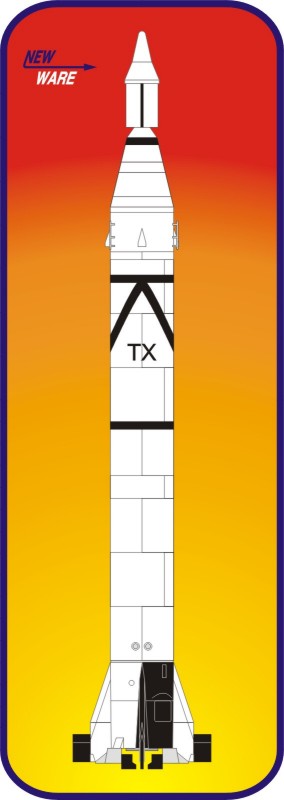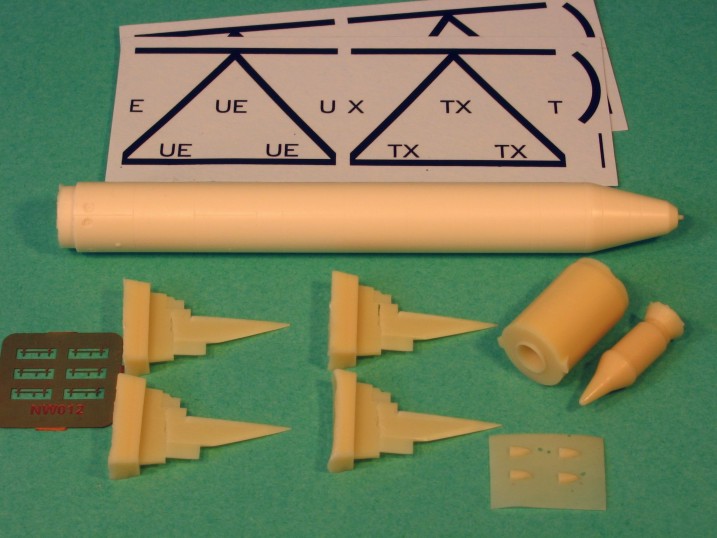 NW039 Jupiter C - Launch vehicle of first
man made object recovered from space
NW039 Jupiter C - Launch vehicle of first
man made object recovered from space NW039 Jupiter C - Launch vehicle of first
man made object recovered from space
NW039 Jupiter C - Launch vehicle of first
man made object recovered from space


In July 1951, Von Braun and his team began to build a large
guided missile - Redstone. To power this missile, North American
Aviation scaled up a V-2 engine, that burned a liquid
oxygen-alcohol fuel. During the powered portion of flight,
control of the missile came from carbon vanes located in the
engine exhaust and after that from air rudders on the tip of each
fin. It was determined that the range and accuracy could be
increased if the warhead separated from the booster after engine
burnout. The warhead section had four air vanes to control the
final trajectory to target after separation.
Developed to test reentry vehicles for the Jupiter missile, the
Jupiter C used 11 baby sergeants rockets as a second stage and 3
baby sergeant rockets as a third stage. Other modifications to
the Redstone included a new fuel (Hydyne) which increased thrust,
and 8 foot increase in tank lenght. The first test flight set a
record downrange distance of 3 000 miles.
Prior to each of the three Jupiter C test launches, an Army
official would check to make certain that the dummy fourth stage
was filled with sand and not rocket propellant. Had any of these
test Jupiter C included a live fourth stage, America could have
orbited a satellite a full year ahead of the Soviets.